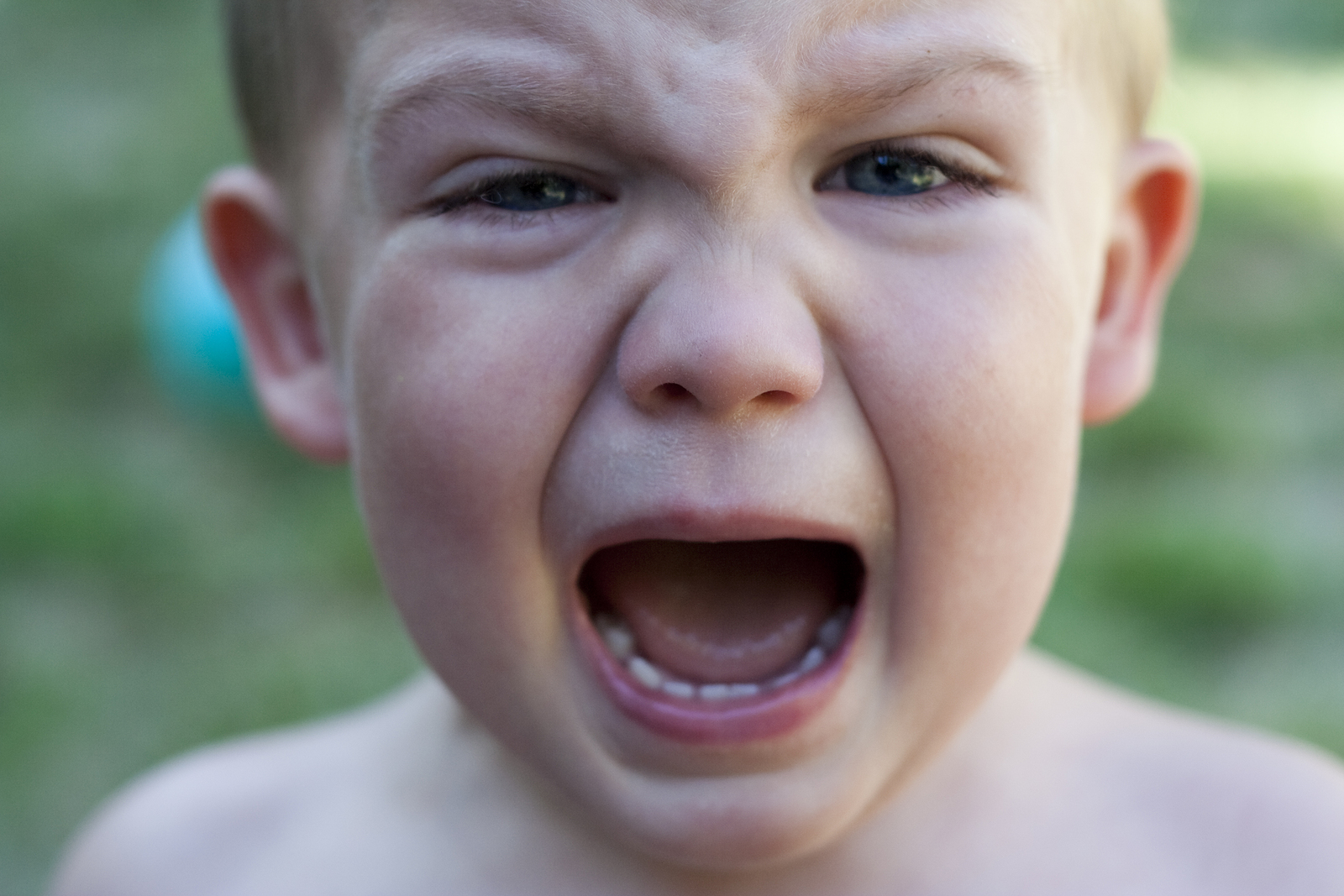Is Head Banging Indicative of Need for Intervention?
 As a Board Certified Behavior Analyst (BCBA) and Developmental Therapist (DV), I hear a lot of questions about behavior related to toddlers and whether head banging might be typical or indicative of more intensive behavior interventions. Recently, the topic of head banging, defined as any hitting or repeated connection with the child’s head with an object, body part, or other device to connect with the head, was raised as part of these questions. Head-banging is a form of self-injurious behavior that merits careful behavioral intervention related to the function, or cause, of the behavior.
As a Board Certified Behavior Analyst (BCBA) and Developmental Therapist (DV), I hear a lot of questions about behavior related to toddlers and whether head banging might be typical or indicative of more intensive behavior interventions. Recently, the topic of head banging, defined as any hitting or repeated connection with the child’s head with an object, body part, or other device to connect with the head, was raised as part of these questions. Head-banging is a form of self-injurious behavior that merits careful behavioral intervention related to the function, or cause, of the behavior.
Are Head Banging Behaviors Normal?
Any head-banging behaviors, whether brief periods (a few seconds) or extended periods (longer than seconds in duration), are not considered part of typical toddler behavior when working with toddlers and are addressed as such. As with starting to address any behavior, it is important to determine why the child might engage in that behavior during that specific time head-banging occurs. This is referred to as the “function” of the behavior. In the simplest forms, there are 5 functions of behavior: Medical, Escape, Attention, Tangible, Sensory, and any combination of these.
First things first, medical functions of head-banging behavior must be ruled out. This will guide treatment and determine if behavioral treatment will be effective or part of an intervention plan. There may be a plethora of reasons a toddler may engage in head-banging behaviors related to medical discomfort or indicating further medical intervention. Two of the most common I see in my practice are related to ear infections or any discomfort related to teething or fever. I always want to rule out any medical causes or discomfort so that I can begin to control the child’s environment and reasons that the behaviors may be happening. In the case of medical functions of head-banging behavior, medicine or changes in diet or routine have been effective to reduce the frequency and/or intensity.
After medical causes/function for head-banging is ruled out, other functions are examined. Treatment of head-banging behavior, or other forms of self-injurious behaviors, involve careful analysis of the functions for the behaviors. A BCBA, or other trained therapist, might administer a Functional Analysis (FA), Functional Assessment, or simply respond immediately to the behavior. Data collection can help to determine whether intervention may increase or decrease the behaviors, leading to a correlation with a function for the behavior. For head-banging, since it is self-injurious behavior, it would not be ethical to implement interventions to provoke or increase frequency or intensity. This is why careful intervention is important for success in decreasing the behavior and risk for further injury.
Interventions for head-banging behaviors range from simple intervention procedures to carefully implemented and complex behavior plans. Response-blocking, or simply physically preventing the head-banging from occurring, can be implemented across settings and individuals. Different methods such as padding surfaces, helmet-wearing, soft mittens on the individual’s hands, or managing any environmental cues for the head-banging are helpful when you can determine specific times or circumstances/functions for the behavior. Depending on the individual’s age and development, more complex interventions or combinations of interventions may be implemented.
If you continue to be concerned with head-banging, or other forms of self-injurious behaviors, please contact a physician, your child’s pediatrician, a licensed psychologist or psychiatrist, or a BCBA to begin addressing the behaviors and work together to create an intervention plan that works for you!
Stephanie Saikaly MEd, BCBA, Autism Specialization

